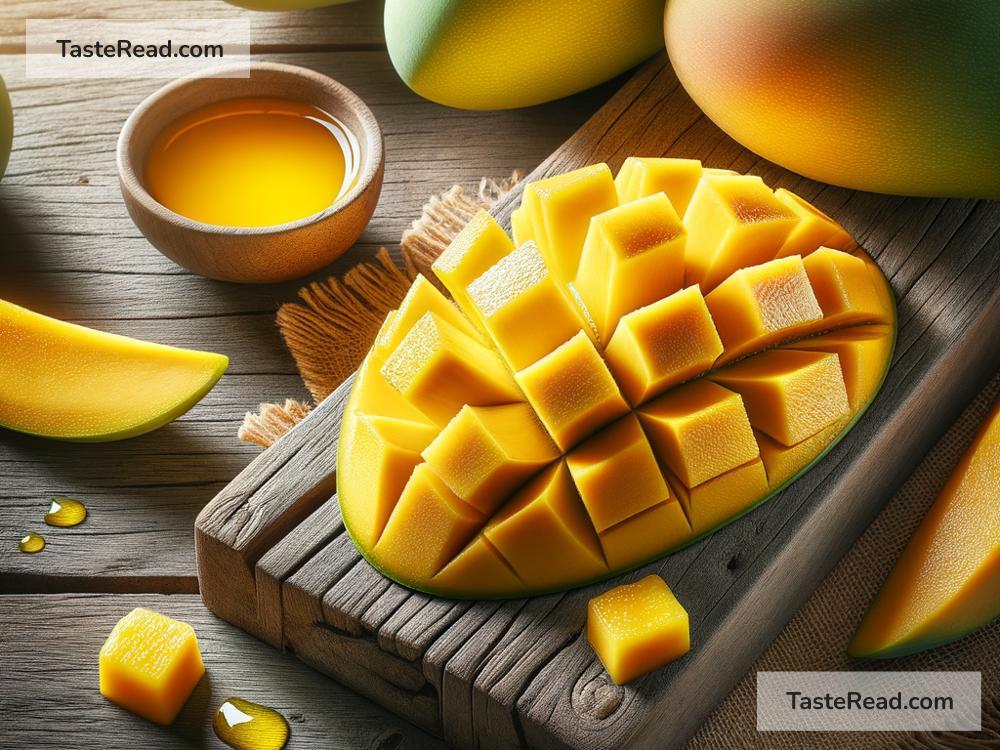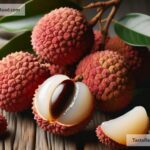Why Fruits Like Mangoes Have a Resinous Undertone
Mangoes are one of the most beloved fruits in the world. Their sweet, juicy flavor makes them a favorite for smoothies, desserts, or eating fresh right out of the peel. But if you’ve ever slowed down to notice the taste carefully, you might sense an unexpected resinous or pine-like undertone hidden in the sweetness. This unique flavor profile leaves many people curious: why do fruits like mangoes have a resinous hint? In this blog, we’ll explore the reasons behind this mystery in simple, easy-to-understand terms.
The Role of Plant Chemistry
To understand the resinous flavor in mangoes, we need to start with the basics of plant chemistry. Every fruit has a combination of molecules that contribute to its taste and aroma. The resinous undertone in mangoes comes from compounds called terpenes. These are natural chemicals found in many plants, including fruits, flowers, and even pine trees.
Terpenes are responsible for many distinctive scents and flavors in nature—think of the refreshing aroma of pine needles or the citrusy smell of orange peels. In mangoes, specific terpenes create the piney or resin-like notes that you sometimes notice.
Terpenes in Mangoes
One of the key terpenes found in mangoes is myrcene. Myrcene is a terpene that gives off earthy, musky, and resinous aromas. It’s not unique to mangoes—you’ll find it in plants like hops (used in beer), basil, and lemongrass. In mangoes, myrcene blends with the fruit’s natural sweetness to produce a complex flavor that balances tropical notes with a subtle hint of resin or pine.
Different mango varieties contain varying amounts of myrcene and other terpenes. This is one reason why some mangoes taste more resinous than others. For example, varieties like Alphonso or Haden may have a stronger resinous undertone compared to milder varieties like Ataulfo (also called honey mango).
Why Do Trees Produce Terpenes?
Now that we know terpenes are responsible for the resin-like taste in mangoes, the question becomes: why do mango trees produce terpenes in the first place?
Terpenes are part of the tree’s natural defense system. Plants use these compounds to protect themselves from pests, diseases, and environmental stress. For example:
- Deterring predators: The strong scents of terpenes can repel insects or animals that might try to eat the fruit or damage the tree.
- Attracting pollinators: Some terpenes attract bees and other pollinators with their aroma, helping the tree reproduce.
- Surviving stress: Terpenes can help plants adapt to harsh conditions, like heat or drought, by regulating how they grow and interact with the environment.
In mango trees, terpenes like myrcene are produced as part of the tree’s natural strategy to survive. While they primarily serve protective purposes, they also influence the flavor and aroma of the mango fruit we eat.
Ripeness and Resinous Flavor
The resinous undertone in mangoes can change depending on how ripe the fruit is. If you bite into a mango that’s not fully ripe, you may notice the resin-like taste is stronger and even slightly bitter. This happens because the terpenes are more pronounced in immature mangoes.
As mangoes ripen, their sugar content increases, and the balance between sweetness and resinous notes becomes better. This is why ripe mangoes tend to taste less resinous and more creamy and sweet. If you prefer mangoes with less of the piney aroma, make sure to let them ripen fully before eating.
Other Fruits with Resinous Undertones
Mangoes aren’t the only fruit with resinous undertones. Fruits like papaya, pineapple, guava, and jackfruit can also have subtle hints of pine or earthiness in their flavor. Like mangoes, these flavors come from terpenes and other aromatic compounds.
For example, papayas sometimes contain a terpene called linalool, which contributes floral and resinous notes. Similarly, guavas have a mix of terpenes that add complexity to their fruity flavor. These undertones may not be as noticeable as they are in mangoes, but they’re part of what makes tropical fruits so rich and unique.
Appreciation Through Flavor
The resinous undertone in mangoes might not appeal to everyone at first, especially if you’re used to straightforward fruity flavors. However, learning about terpenes and the natural chemistry of mangoes can help you appreciate the complexity of their taste. Mangoes aren’t just sweet—they’re a carefully balanced blend of tropical, earthy, and resinous flavors, created by nature over millions of years.
Next time you enjoy a mango, take a moment to explore its flavors. Can you detect the hint of piney or resin-like notes? They might be subtle, but they’re part of what makes this fruit so special.
Conclusion
Fruits like mangoes have a resinous undertone because of natural compounds called terpenes, which plants produce for protection, pollination, and survival. Myrcene, one of the key terpenes in mangoes, contributes to their piney or earthy aroma. The resinous flavor changes with ripeness and varies among mango varieties, adding depth and complexity to the fruit’s taste.
Understanding the chemistry behind mangoes can help you appreciate their unique flavor profile—even the resinous undertones. So, the next time you’re savoring a slice of mango, remember that its taste is more than just sweetness; it’s a delicate balance of nature’s flavors, crafted over time for you to enjoy!


